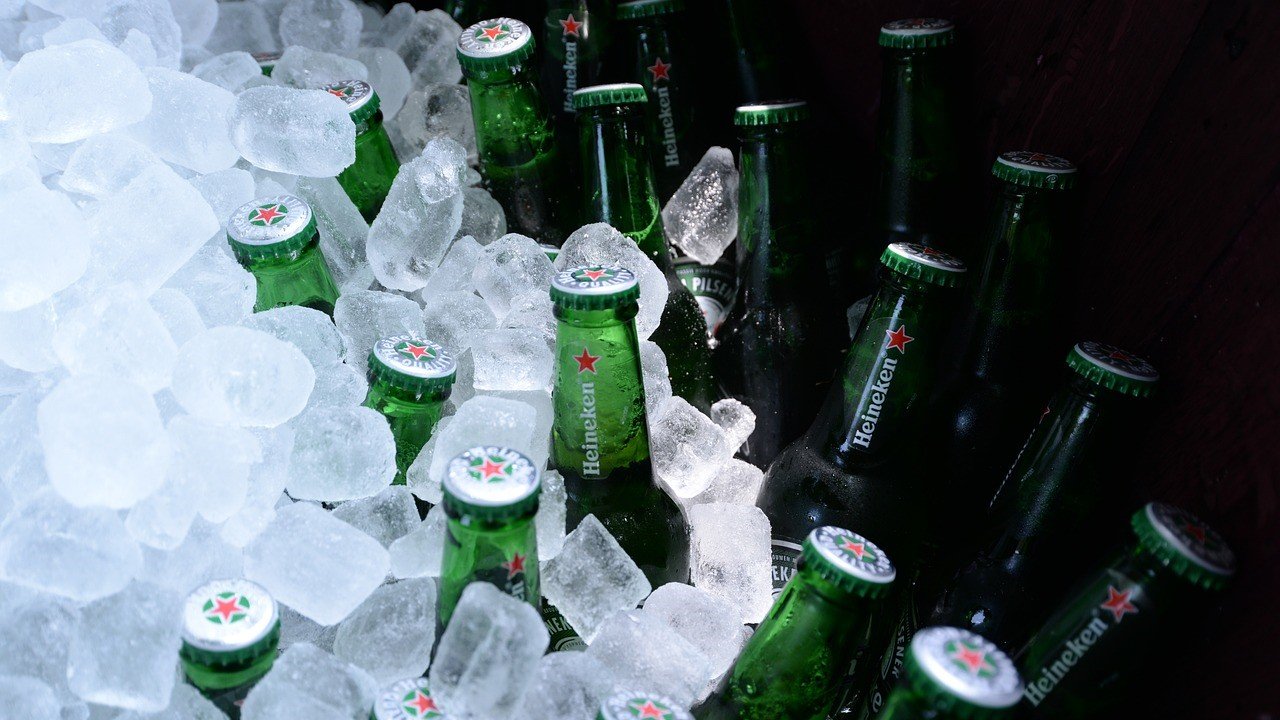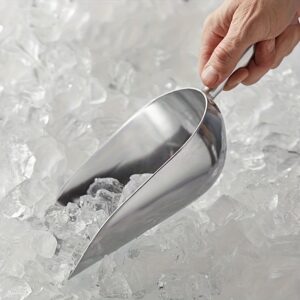How to Select the Perfect Commercial Ice Machine for Your Food Service Business
In this guide, we will walk you through the process of selecting the perfect commercial ice machine for your food service establishment.

Are you in the food service business and in need of a commercial ice machine? Choosing the right ice maker is essential to meet the demands of your business and ensure customer satisfaction. With so many options available, it can be overwhelming to make the right choice.
Determining Your Ice Usage Needs
The first step in choosing a commercial ice machine is to assess your ice usage requirements. Consider the specific needs of your business, such as the number of meals served, the type of beverages served, and any other applications that require ice. This will help you determine the capacity of the ice machine you need.
To calculate the amount of ice you need, you can use the following formula:
Ice Needed = Average Daily Ice Use x Number of Customers/Beverages x Ice Amount per Customer/Beverage
For example, if you own a restaurant and serve an average of 200 beverages per day, and each drink requires 170gm of ice, your calculation would be:
Ice Needed = 200 x 170 = 34 Kg per day
It’s important to add a buffer of around 20% for extra production to account for any additional ice making needs. In this case, you would need a commercial ice machine that can produce approximately 40 Kg of ice per day.
Choosing the Right Ice Shape
The next consideration is the shape of the ice produced by the machine. There are three main types of ice shapes: cubed, nugget-shaped, and flaked. Each shape has its own advantages and is suitable for different applications.
Cubed ice is the most common and versatile type of ice. It is ideal for bars and restaurants where it is used in beverages and for bagging ice. Cubed ice comes in different sizes, including full, half, and regular cubes.
Nugget-shaped ice is soft and chewable, making it popular in healthcare facilities and for blended drinks. It is also commonly found in fountain beverages and salad bars.
Flaked ice is used for food presentation and cooling purposes. It is perfect for buffets, fish and meat markets, and salad bars. Flaked ice is small, soft, and molds easily to any shape.
Consider the specific needs of your business and the applications where ice will be used to determine the most suitable ice shape for your commercial ice machine.
Selecting the Type of Compressor
Another important factor to consider is the type of compressor used in the ice maker. The two main types are air-cooled and water-cooled compressors.
Air-cooled ice makers are the most popular choice as they are energy efficient and cost-effective. They use a fan to circulate air around the refrigeration components, removing excess heat from the compressor. However, a small amount of warm air is circulated in the room where the ice machine is located. If this is a concern, you can opt for a remote air-cooled ice machine, where the condensing unit is placed in an outside location to filter the outside air.
Water-cooled ice machines use water to remove heat from the refrigeration components. They are preferred in areas with high ambient air temperatures, areas with poor air circulation, or limited space. However, water-cooled machines consume more water and are not recommended unless necessary due to water usage and cost.
Consider your specific requirements and the location of the ice machine to decide between air-cooled and water-cooled compressors.
Determining the Ice Machine Bin Size
In addition to the ice machine, you will also need an ice machine bin to store the ice until it is ready to be used. The size of the bin does not necessarily need to correspond exactly with the amount of ice your machine produces. It should be sized to meet your peak ice usage needs.
To determine the appropriate bin size, consider the times during the day and days of the week when you will need the most ice. Calculate the maximum amount of ice you will need during these peak times and choose a bin size that can accommodate that quantity.
Installing an Ice Machine Water Filter
Installing an ice machine water filter is highly recommended to ensure the purity of the ice produced and to protect the machine from impurities in the water. Water filters remove contaminants and extend the life of the ice machine. They are especially important in areas with hard water, as impurities can calcify inside the machine and cause damage.
Many manufacturers offer water filtration cartridges, and some even extend their warranties if you use their recommended filters. Investing in a water filter will help your machine last longer and run more efficiently.

Essential Ice Machine Accessories
When purchasing a commercial ice machine, don’t forget to consider the necessary accessories. Ice totes, ice scoops, and ice caddies are essential for transporting and distributing ice as needed. These accessories ensure that ice is handled safely and hygienically.
Considering Combination Ice and Water Dispensers
If you require both ice and water in your food service establishment, you may want to consider a combination ice and water dispenser. These units are especially useful in offices, cafeterias, break rooms, and healthcare facilities. They come in countertop and floor models and can produce up to 200kg of ice per day.
Combination units are designed to be space-saving, easy to use, and easy to clean. They typically dispense nugget-style ice and are commonly used for self-service applications.
Understanding Different Ice Type Machines
Commercial ice makers can be categorized into four main types: modular ice machines, undercounter ice machines, ice dispensers, and combination ice and water machines.
Modular ice makers are large-scale ice producers that can produce large amounts of ice. They are typically paired with separate units for ice storage or dispensing.
Undercounter ice machines are designed to fit under countertops and are perfect for small bars, cafes, and restaurants. They combine the ice machine with a storage bin and are space-saving.
Ice dispensers hold ice and dispense it automatically, eliminating the need for manual scooping. They are commonly used in hotels and healthcare settings for self-service applications.
Combination ice and water machines produce both ice and dispense water. They are great for establishments that require both ice and water, such as offices and healthcare facilities.
Consider the specific needs of your business and the available space to determine the most suitable type of ice machine for your food service establishment.
Determining the Right Ice Machine Size
Ice machine sizes are typically stated as the amount of ice they can produce in 24 hours. It is important to choose an ice machine with the right capacity to meet your business needs. If you underestimate your ice production requirements, you may run out of ice during peak times, leading to customer dissatisfaction. On the other hand, if you overestimate your needs, you may end up with an unnecessarily large and expensive machine.
To determine the right ice machine size, consider your estimated growth, base the amount of ice needed on peak times and the hottest day, and take into account any specific requirements of your business.
Advantages of Using Multiple Ice Makers
Using multiple ice makers can offer several advantages for your food service business. One of the main benefits is labour savings. Instead of running back and forth between a single large machine and various stations, multiple smaller machines can be strategically placed where ice is needed, reducing labour and increasing efficiency.
Additionally, using multiple ice makers reduces downtime. If one machine breaks down, you still have other machines producing ice, ensuring a continuous supply. This is especially important for businesses that rely heavily on ice, such as bars and restaurants.
Consider the size and layout of your establishment, as well as your ice usage requirements, to determine if using multiple ice makers is the right choice for your business.
Conclusion
Choosing the right commercial ice machine for your food service business is a crucial decision that can impact customer satisfaction and the efficiency of your operations. Take the time to assess your ice usage requirements, consider the different ice shapes, compressors, and accessories, and determine the appropriate size and type of ice machine for your establishment.
By selecting the perfect commercial ice maker, you can ensure a reliable and sufficient supply of ice to meet the needs of your business, keep beverages cold, and provide high-quality service to your customers. Invest in a quality ice machine, maintain it properly, and it will serve you well for years to come.
Found this article helpful? Check out our resources page for more valuable articles and how-to guides in the food service industry.
